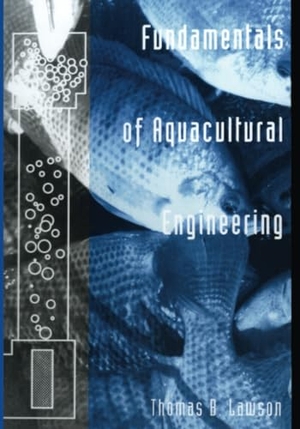Für statistische Zwecke und um bestmögliche Funktionalität zu bieten, speichert diese Website Cookies auf Ihrem Gerät. Das Speichern von Cookies kann in den Browser-Einstellungen deaktiviert werden. Wenn Sie die Website weiter nutzen, stimmen Sie der Verwendung von Cookies zu.
Cookie akzeptieren
Fundamentals of Aquacultural Engineering
- Springer US
- 2011
- Taschenbuch
- 368 Seiten
- ISBN 9781461275787
Aquaculture is the science and technology of balanced support from the biological and engi producing aquatic plants and animals. It is not neering sciences. However, commercial aqua new, but has been practiced in certain Eastern culture has become so complex that, in order to cultures for over 2,000 years. However, the role be successful, one must also draw upon the ex of aquaculture in helping to meet the world's pertise of biologists, engineers, chemists, econ food shortages has become more recently ap omists, food technologists, marketing special parent. ists, lawyers, and others. The multidisciplinary The oceans of the world were once consid approach to aquaculture production became ap ered sources of an unlimited food supply. Bio parent during the early 1990s. It is believed that logical studies indicate that the maximum sus this trend will continue as aquaculture produc tainable yield of marine species through the tion becomes more and more intensive in order for the producer to squeeze as much product as harvest of wild stock is 100 million MT (metric tons) per year. Studies also indicate that we are possible out of a given parcel of land. rapidly approaching the maximum sustainable Although many aquaculture books exist, few yield of the world's oceans and major freshwa explore the engineering aspects of aquaculture ter bodies. Per capita consumption of fishery production.
zzgl. Versand
in Kürze